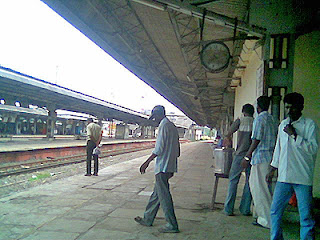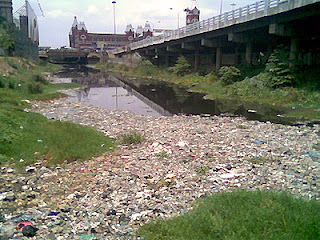Burning up the future: the climate crisis
This Friday, the Intergovernmental Panel on Climate Change (IPCC) is all set to release a massive document detailing the climate crisis that we have unleashed on ourselves, and which is likely to ruin the future of generations to come.
It is of course a pity that India and China, two of the most populous and ambitious countries on the planet today are contributing actively to accelerate the pace at which such disaster will overtake the earth.
Both countries have huge populations that are now discovering prosperity levels that were unknown a century ago. Their newly affluent citizens are being actively wooed by the global automotive industry to sell cheap, low-performing, gas guzzling and unsafe cars and two-wheelers.
Strangely, the Communist parties in India have also got the wrong end of the stick and are calling for reduction in petroleum prices, as a panacea to the problems affecting mobility. This is a warped argument, although there seems to be a hidden agenda to support Indian capitalists who are riding the boom in the automotive sector. It is completely topsy-turvy because mass mobility can never be achieved through personal transportation, and the Communists are seen harping on individual mobility and freedom, which is a conservative, Right-wing approach to the issue, far removed from the traditional precincts of the Left.
The wheel seems to be turning full circle in the land of profligate consumption: America.
Look at what one of their conservative journals has said now, as the world prepares to hear the bad news from the UN.
(From a blog on The Huffington Post)
Even in the conservative American Spectator today, William Tucker made serious mention of some of the causes of this impending catastrophe (probably written before the UN news made the wire). Among a lot of analysis of the president's energy plan, Tucker acknowledged the following:
"In 1976 we burned 500 million tons of coal a year. Today we burn more than a billion. There are 90 more coal plants being built right now. The Department of Energy points out that -- because of various loopholes in the law -- 80 per cent of these plants still use the same old-fashioned dirty technology."
And...
"A carbon tax would truly drive Americans toward conserving gasoline. Everybody agrees it's wasteful to be splurging on SUVs and Hummers, but people will do it as long as gas is $2 a gallon. The real danger is that we're going to start running up against world supply limits, particularly if China and India go car-happy. As long as we've got the carbon excuse, why not start easing into a situation of scarcity with some kind of carbon levy?"
What is happening to the world? Right is Left and Left is Right!
More on this when the UN report is out.









